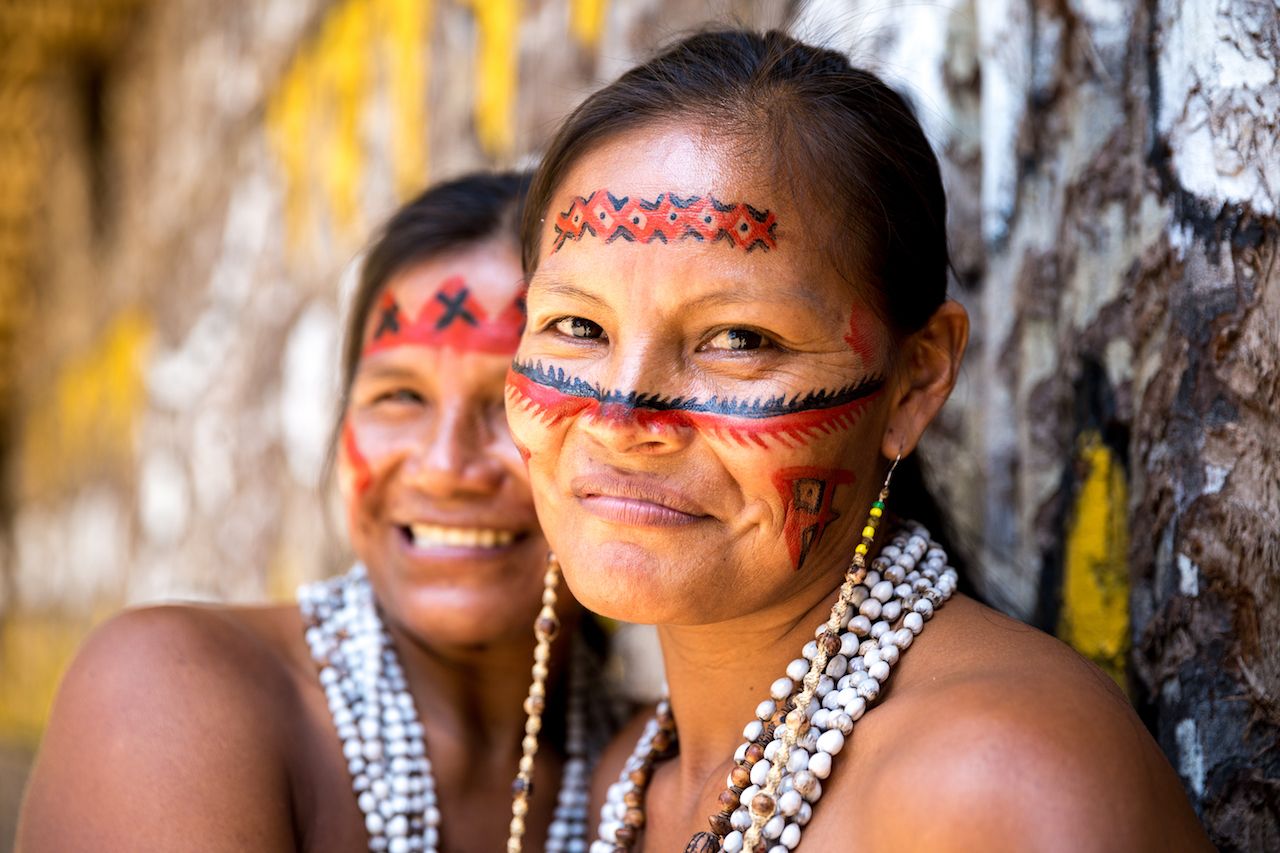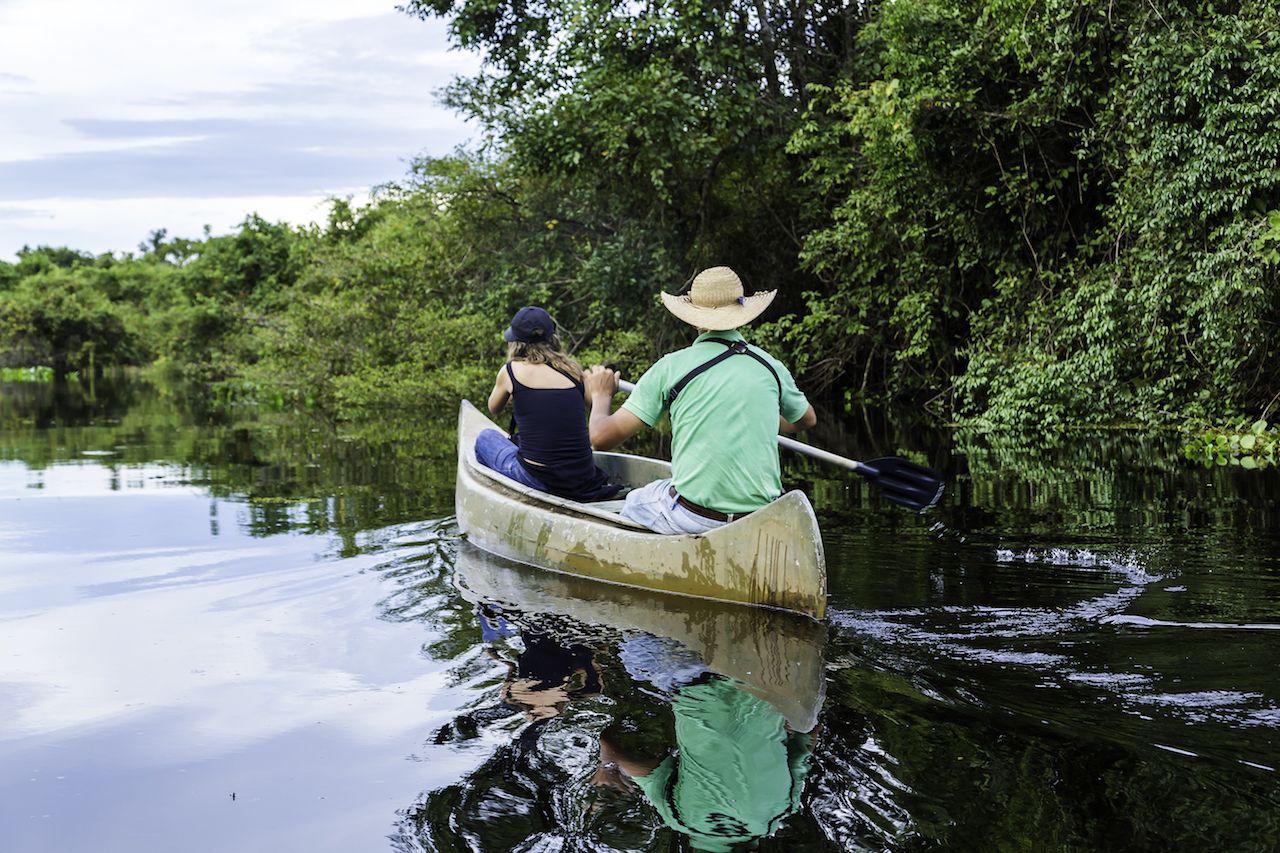On January 1, 2019, right-wing politician Jair Bolsonaro will be inaugurated the new president of Brazil. That is bad news for the planet.
Bolsonaro, an admirer of President Trump, has called climate change a hoax, says efforts to curb deforestation of the Amazon — which provides over 20 percent of the world’s oxygen — are funded by foreign powers aiming to halt Brazil’s economic development, and wants to lift protections for the indigenous peoples who live in the rainforest.




